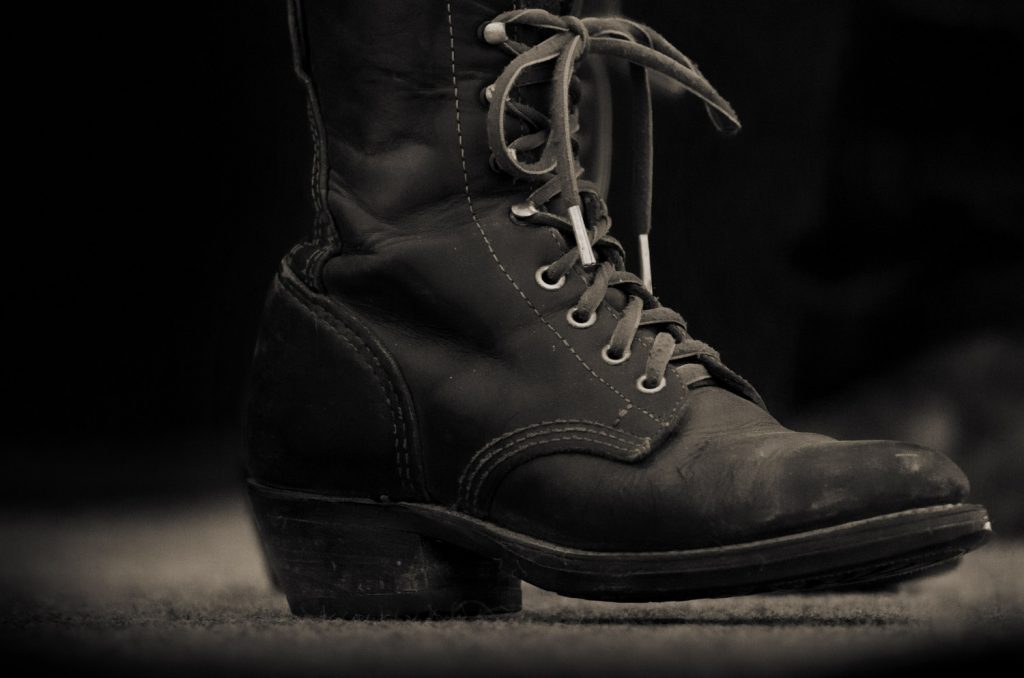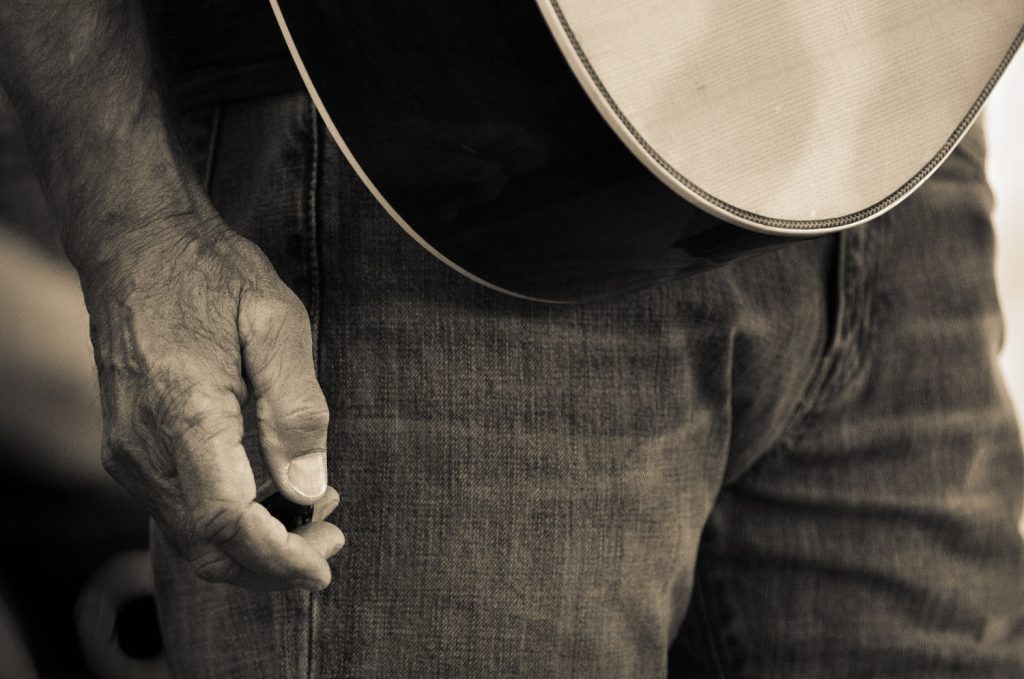
I recall reading an interview years ago in which Steve McCurry — a master at assembling powerfully wrought imagery — claimed not to think about composition. I was dumbfounded, even more so when I realized he was telling the truth.
There are many reasons that we make photographs. If you’re reading Fstoppers, there’s a good chance that you’re wanting to do more than just create a factual record of what your child’s sixth birthday cake looked like. As photographers and artists, we’re often trying to capture something fleeting and ethereal in order that we may better understand it, explore it, convey it to others. But to recognize a delicate moment as it’s happening, to see the magic, and, in the mere blink of a shutter, tell the story before it slips away forever, many things must happen.
There are technical considerations, a weighing of aperture and shutter speed, the gaining of focus, a necessary understanding of how the image will be processed and edited, what will be possible and what will not. There’s composition to worry about, leading lines, repeating forms, color, visual mass, symmetry, balance and the way each of these, in turn, interacts with the subject(s) of the scene unfolding before us — the old gentleman with the gnarled cane and scuffling gate that in two steps will be perfectly framed against the cobalt blue doorway, not a moment before or a moment after, the young woman taking a selfie in the foreground at that same moment, inadvertently juxtaposing two generations, each with their own particular worries.
To deliberately make each of the dozens of small decisions that need be made in that held-breath of a moment, when everything is about to come together for a mere instant in time, would be impossible to do. Our conscious brains process things serially. To contemplate one decision, then the next and the next, before the moment is lost for good is infeasible for all but the most slowly unfolding panoramas. Instead, we must give the subconscious part of our brains every opportunity to help us.

When someone sets out on a journey to learn to play the piano, one doesn’t sit down at the keys and improvise through the Coltrane changes via a conscious display of willpower. It’s not humanly possible. To get to that point, one spends time every day, every week, every month for years willing their fingers into uncomfortable positions, willing those fingers to learn scales, willing their feet to tap out challenging rhythms, their minds to understand theory and learn progressions. One sets out with a deliberate intention to learn the tools with which songs are built, by which beauty, love, serenity, and angst may one day be conveyed.
While the bar to beginning a journey in photography is wonderfully low, the full path to becoming a solid, visual photographic artist is the same as that of the painter or musician. In each case, we start by learning the basic tools; then learning to use those tools to effectively arrange the elements of our chosen media, whether they be notes or visual building blocks; then learning to use those arrangements to convey a vision, a feeling, a hope.
In photography, one starts out with technical skills, learning to create sharp, appropriately exposed images. Then, one can focus on the requisite trade-offs between shutter speed, aperture, and noise, exploring how these exchanges are best made for hundreds of different scenes and lighting situations. One must learn the tools and techniques of raw conversion and photo editing, the use of dodging and burning to guide the eye, saturation to affect the tenor of an image. One can then turn their attention toward developing an understanding of art theory, of composition and color, pouring over the imagery of those who have come before us, willing their secrets to seep from the pages of dusty photo books into our own frustratingly limited psyches.

Each of these basic skills must be practiced tens of thousands of times. Not just shooting — not just going through the formalities — but practicing the conscious, deliberate, self-critical construction of images. Celebrating new achievements and abilities, but learning even more from the failures. Not settling for images that miss the mark, but letting them slip softly to the virtual cutting room floor, motivation to get it right the next time, to not lose another one.
The value of all that hard work is that the underlying skills, even the advanced ones, eventually become second nature. Your brain rewires itself, makes the neuromuscular connections necessary to subconsciously solve each of these complex problems on behalf of your conscious self. Each of those little circuits can then run in parallel, dutifully whirring away in the background while your conscious mind is freed up to focus on the important bits: the emotion, the idea, the juxtaposition, the story. So, if Steve McCurry says that there are times he doesn’t consciously think about composition, I believe him. But I’ll guarantee you: there were hundreds of thousands of times that he did.

One final thought. Technical perfection — in service of nothing — feels like a squandered opportunity, leaves me disappointed, wanting. Each summer, we go to a bluegrass festival high in the soaring mountains of Colorado. There is always a broad range of styles represented by the bands. Among them, there will be a few that tout the fastest fiddle player, the most intricate banjo work. And they will, indeed, have highly skilled technicians. Their playing will be fast and intricate, fun to watch. But then, invariably, a band will follow them, a band that will open their set with maybe just three slow notes. And those three notes will just happen to be exactly the right three notes, played with exactly the right cadence, exactly the right mournful longing. And I will inevitably think: “now, there’s someone that actually knows how to make music.” Just because we’re a technical whiz with a piece of gear doesn’t mean we know how to say anything with it. Once technique and composition have become second nature, we need to make sure we actually say something with them.
And on that note, I think I better go practice.
This article is written by Brent Daniel and appeared here.
All the images are collected from here.
